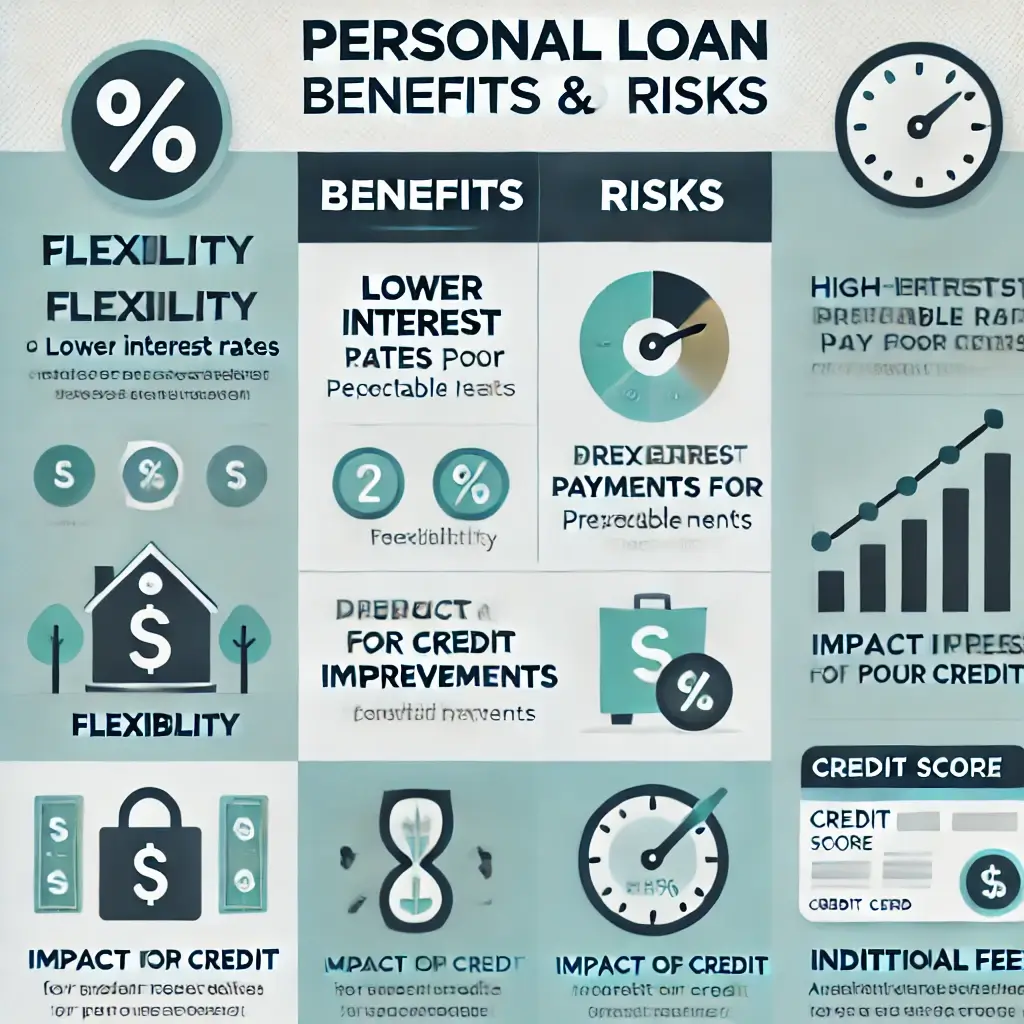Managing finances for families can feel overwhelming. Between daily expenses, saving for the future, and unexpected emergencies, it’s easy to feel lost. But with the right strategies, you can take control of your family’s financial health. This guide will walk you through everything you need to know about mastering finances for families. From budgeting to investing, we’ll cover it all. Let’s dive in!
1. Understanding finances for families
1.1 What Are Family Finances?
Finances for families refer to how households manage their money. This includes income, expenses, savings, investments, and debt. It’s about making smart decisions to ensure financial stability for everyone in the family.
1.2 Why Family Finances Matter
Strong finances for families are the backbone of a happy household. They reduce stress, improve relationships, and help achieve long-term goals. Without proper management, families can struggle with debt, missed opportunities, and financial insecurity.
1.3 Common Financial Challenges for Families
Families often face rising costs, unexpected expenses, and balancing multiple priorities. For example, saving for a child’s education while paying off a mortgage can be tricky. Understanding these challenges is the first step to overcoming them.
2. Building a Strong Financial Foundation
2.1 Setting Family Financial Goals
Start by setting clear financial goals. Do you want to buy a home, save for college, or retire early? Break these into short-term and long-term goals. Use the SMART framework: Specific, Measurable, Achievable, Relevant, and Time-bound.
2.2 Creating a Family Budget
A budget is essential for managing finances for families. Track your income and expenses to see where your money goes. Use tools like spreadsheets or apps like Mint or YNAB. Allocate funds for needs, wants, and savings.
2.3 Emergency Funds: Why They’re Essential
Life is unpredictable. An emergency fund acts as a safety net for unexpected expenses like medical bills or car repairs. Aim to save 3-6 months’ worth of living expenses. Start small and build over time.
3. Managing Income and Expenses
3.1 Maximizing Family Income
Look for ways to boost your family’s income. This could mean asking for a raise, starting a side hustle, or investing in skills that lead to higher-paying jobs. Every extra dollar can help achieve your financial goals.
3.2 Reducing Unnecessary Expenses
Cutting costs is just as important as earning more. Review your spending habits. Cancel unused subscriptions, cook at home instead of eating out, and shop smarter. Small changes can add up to big savings.
3.3 Prioritizing Needs vs. Wants
Teach your family the difference between needs and wants. Needs are essentials like housing and groceries. Wants are extras like vacations or gadgets. Prioritize needs first, then allocate funds for wants if possible.
4. Saving and Investing for the Future
4.1 Saving for Children’s Education
Education is a major expense for families. Start saving early with tools like 529 plans or education savings accounts. Encourage your kids to apply for scholarships to reduce the burden. For example, Custodial Accounts (UGMA/UTMA) provide flexibility for non-educational expenses. Begin saving when your child is young to take advantage of compound interest.
4.2 Retirement Planning for Parents
Don’t neglect your retirement while planning finances for families. Contribute to retirement accounts like 401(k)s or IRAs. The earlier you start, the more time your money has to grow.
Strategies:
- Max out employer-matching contributions in 401(k) plans.
- Diversify retirement investments between stocks, bonds, and mutual funds.
- Automate contributions for consistency.
4.3 Investing as a Family
Investing can help grow your wealth over time. Learn the basics of stocks, bonds, and mutual funds. Involve your kids in simple investments to teach them about money management. Investing helps grow family wealth over time. Start by understanding:
- Stocks: Shares of companies with potential for growth.
- Bonds: Stable income-generating investments.
- Mutual Funds & ETFs: Diversified investment pools.
Example: A family investing $200 monthly with an average 7% annual return could have nearly $50,000 in 10 years.
5. Tackling Debt and Building Credit
5.1 What is Family Debt
Family debt encompasses the financial responsibilities that emerge within a family, typically stemming from loans, credit cards, or various types of borrowing that family members may undertake together or separately.
The buildup of family debt can create considerable stress and strain among family members as they deal with the difficulties of repayment and managing finances. This situation can also hinder the family’s capacity to prepare for future expenses, like education, housing, or emergencies, resulting in a continuous cycle of financial pressure.
5.1 Managing Family Debt
Managing family debt requires a thorough evaluation of all outstanding amounts, such as credit card balances, loans, and mortgages, to gain a complete understanding of financial responsibilities. This process is essential for pinpointing opportunities to cut back on expenses and boost savings. Focus on paying off high-interest debt first, like credit cards.
Creating a budget that focuses on paying off debt while covering necessary expenses and setting aside savings is crucial. It’s important to review this budget frequently to monitor progress and make any needed changes, helping the family maintain its path toward financial stability.
Use the following strategies to tackle debt:
- Debt Avalanche: Prioritize high-interest debts first.
- Debt Snowball: Focus on the smallest debts first for motivation.
Example: Pay off a credit card with a 20% interest rate before addressing student loans with a 6% rate.
5.2 Building and Maintaining Good Credit
A good credit score is crucial for loans and mortgages. Pay bills on time, keep credit card balances low, and avoid opening too many accounts. Teach your teens about credit to set them up for success.
5.3 Avoiding Common Debt Traps
Be cautious of payday loans and high-interest financing. These can lead to a cycle of debt. Stick to your budget and avoid borrowing for non-essential purchases.

6. Teaching Kids About Finances
6.1 The Importance of Financial Literacy
Financial literacy is a life skill every child should learn. Start early to instill good habits. Teach them about earning, saving, and spending wisely.
6.2 Age-Appropriate Financial Lessons
Tailor lessons to your child’s age. Young kids can learn about coins and saving in piggy banks. Teens can manage allowances and part-time jobs. Young adults should understand budgeting and credit.
6.3 Fun Ways to Teach Kids About Money
Make learning fun with games like Monopoly or apps like Greenlight. Use real-life examples, like grocery shopping, to teach budgeting. Reward saving habits with small incentives.
7. Planning for Major Life Events
7.1 Buying a Home
Homeownership is a common goal for families. Save for a down payment, improve your credit score, and get pre-approved for a mortgage. Research neighborhoods and schools to find the perfect fit.
7.2 Preparing for a New Family Member
A new baby brings joy and expenses. Plan for medical costs, childcare, and baby supplies. Adjust your budget to accommodate these changes.
7.3 Handling Divorce or Loss
Divorce or the loss of a loved one can impact finances for families. Update wills, insurance policies, and beneficiary designations. Seek legal or financial advice if needed.
8. Protecting Your Family’s Financial Future
8.1 Insurance for Families
Insurance is a safety net for unexpected events. Health, life, home, and auto insurance protect your family from financial ruin. Review policies annually to ensure adequate coverage.
8.2 Estate Planning and Wills
Estate planning ensures your family’s financial security. Create a will, designate guardians for minors, and consider setting up a trust. This protects your assets and provides peace of mind.
8.3 Regularly Reviewing Your Financial Plan
Life changes, and so should your financial plan. Review your goals, budget, and investments annually. Adjust as needed to stay on track.
9. Tools and Resources for Family Finances
9.1 Budgeting Tools and Apps
Simplify budgeting with tools like Mint, YNAB, or PocketGuard. These apps track spending, set goals, and provide insights into your financial habits.
9.2 Financial Advisors and Planners
A financial advisor can help create a personalized plan for your family. Look for certified professionals with experience in finances for families.
9.3 Books and Courses on Family Finances
Expand your knowledge with books like The Total Money Makeover by Dave Ramsey or Smart Money Smart Kids by Rachel Cruze. Online courses can also provide valuable insights.
Conclusion
Mastering finances for families is a journey, not a destination. By setting goals, creating a budget, saving, and investing, you can build a secure future for your loved ones. Teach your kids about money to prepare them for life’s challenges. Protect your family with insurance and estate planning. Remember, small steps today lead to big rewards tomorrow. Start taking control of your finances for families now—your future self will thank you!
FAQs About Finances for Families
1. How much should a family save each month?
Aim to save at least 20% of your income. Adjust based on your goals and expenses.
2. What’s the best way to teach kids about money?
Start with simple concepts like saving and spending. Use games and real-life examples to make it fun.
3. How can families reduce debt quickly?
Focus on high-interest debt first. Cut unnecessary expenses and allocate extra funds to payments.
4. When should families consult a financial advisor?
Seek advice when facing major life changes, like buying a home or planning for retirement.


















